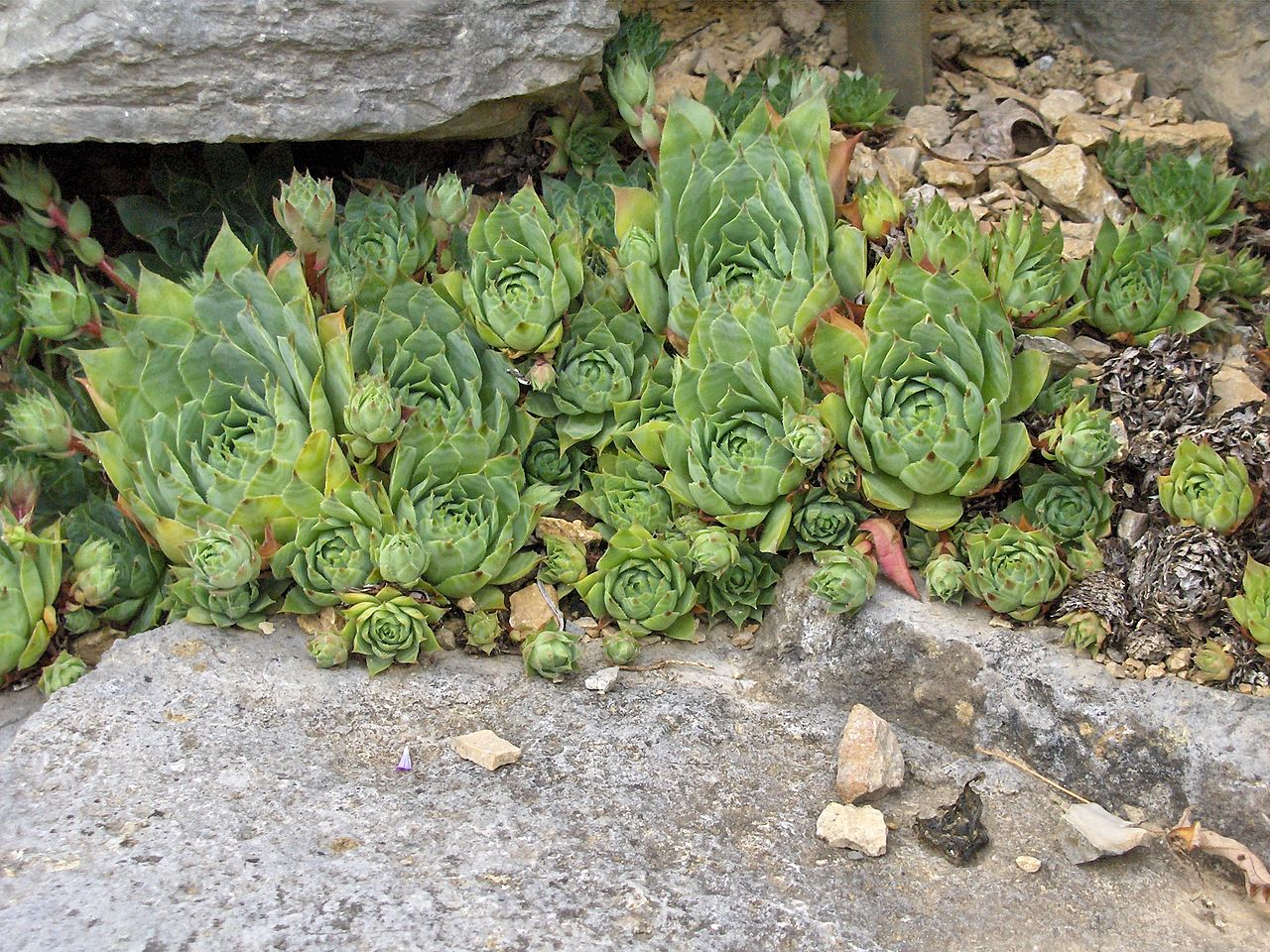 |
| October 12, 2017 |
 |
| October 12, 2017 |
P. M. – To Annursnack.
The eighth fine day, warmer than the last two.
I find one or two house-leek blossoms even yet fresh, and all the rest crisp.
The fringed gentian by the brook opposite is in its prime, and also along the north edge of the Painted-Cup Meadows.
The stems of the blue vervain, whose flowers and leaves are withered and brown, are nearly as handsome and clear a purple as those of the poke have been, from top to bottom.
Looking from the Hill.
 |
| October 12, 2017 |
Eastward, I distinguish red or yellow in the woods as far as the horizon, and it is most distant on that side, — six miles, at least. - The huckleberries on Nagog Hill are very red. The smaller and tenderer weeds were in their prime, me thinks, some weeks ago. They have felt the frosts earlier than the maples and other trees, and are now withered generally.
I see a very distant mountain house in a direction a little to the west of Carlisle, and two elms in the horizon on the right of it. Measuring carefully on the map of the county, I think it must be the Baptist Church in North Tewksbury, within a small fraction of fourteen miles from me. I think that this is the greatest distance at which I have seen an elm without a glass. There is another elm in the horizon nearly north, but not so far. It looks very much larger than it is. Perhaps it looms a little.
The elm, I think, can be distinguished further than any other tree, and, however faintly seen in the distant horizon, its little dark dome, which the thickness of my nail will conceal, just rising above the line of the horizon, apparently not so big as a prominence on an orange, it suggests ever the same quiet rural and domestic life passing beneath it.
It is the vignette to an unseen idyllic poem. Though that little prominence appears so dark there, I know that it is now a rich brownish-yellow canopy of rustling leaves, whose harvest-time is already come, sending down its showers from time to time.
Homestead telegraphs to homestead through these distant elms seen from the hilltops. I fancy I hear the house-dog’s bark and lowing of the cows asking admittance to their yard beneath it. The tea-table is spread; the master and mistress and the hired men now have just sat down in their shirt-sleeves.
Some are so lifted up in the horizon that they seem like portions of the earth detached and floating off by themselves into space. Their dark masses against the sky can be seen as far, at least, as a white spire, though it may be taller. Some of these trees, seen through a glass, are not so large.
. . .
This was what those scamps did in California. The trees were so grand and venerable that they could not afford to let them grow a hair's breadth bigger, or live a moment longer to reproach themselves. They were so big that they resolved they should never be bigger. They were so venerable that they cut them right down. It was not for the sake of the wood; it was only because they were very grand and venerable.
H. D. Thoreau, Journal, October 12, 1857
The fringed gentian by the brook opposite is in its prime, and also along the north edge of the Painted-Cup Meadows. See October 2, 1857 ("The fringed gentian at Hubbard's Close has been out some time, and most of it already withered. ") October 19, 1852 ("It is too remarkable a flower not to be sought out and admired each year, however rare. It is one of the errands of the walker, as well as of the bees, for it yields him a more celestial nectar still. It is a very singular and agreeable surprise to come upon this conspicuous and handsome and withal blue flower at this season, when flowers have passed out of our minds and memories; the latest of all to begin to bloom ..."). See also A Book of the Seasons by Henry Thoreau, The Fringed Gentian






